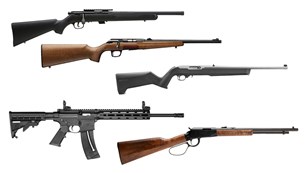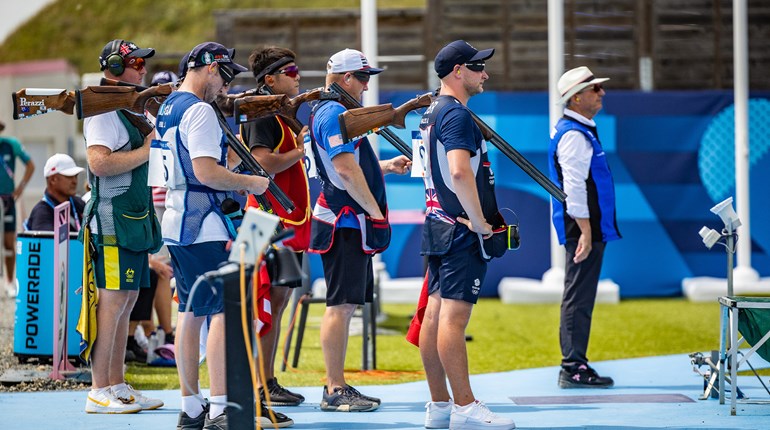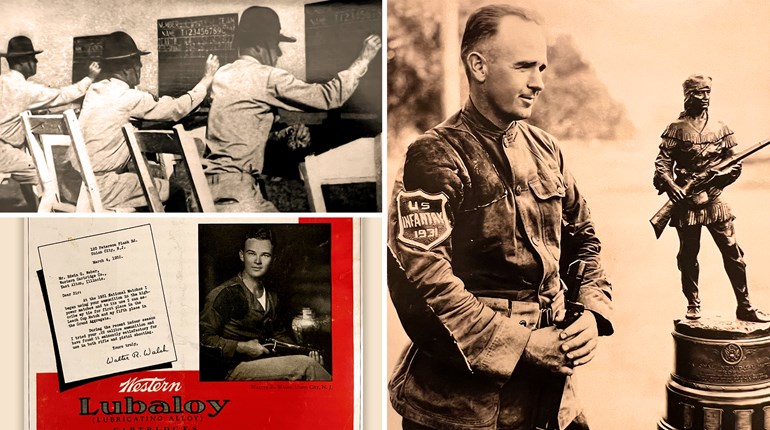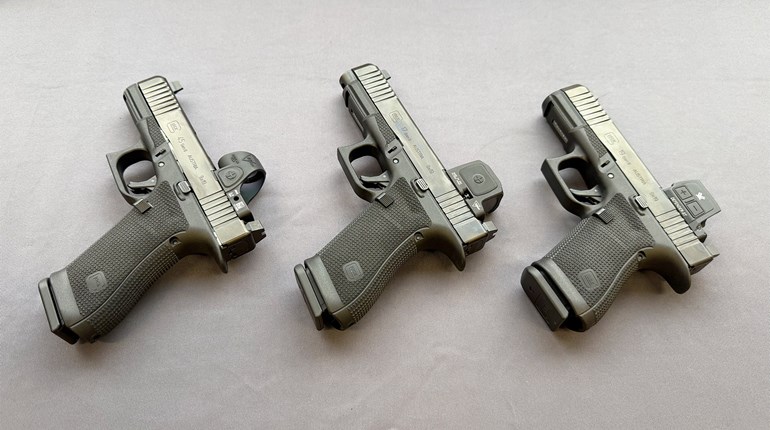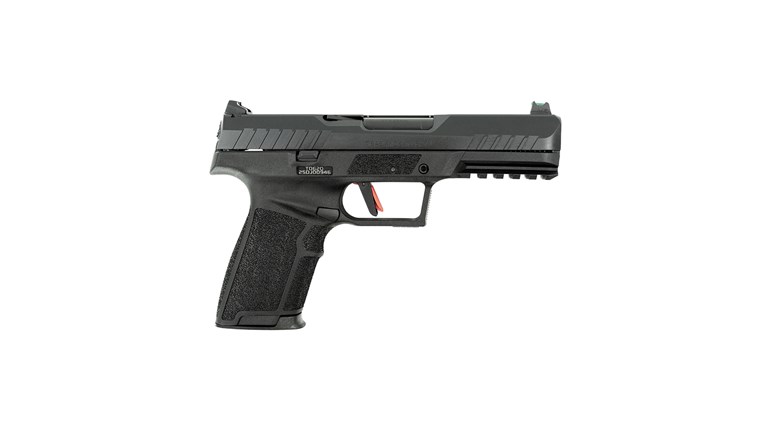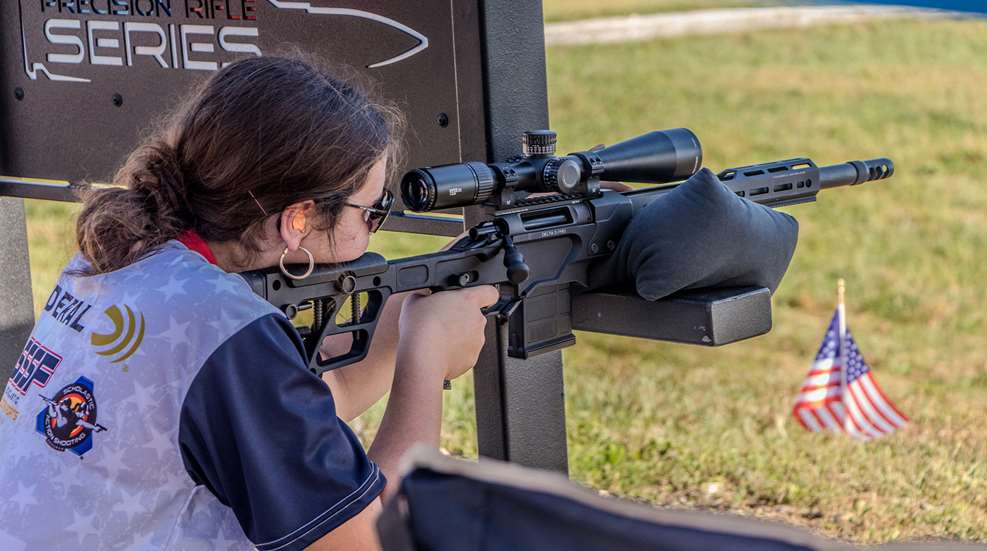
Learning to shoot a rifle safely begins with mastering the basics. Before you ever worry about shooting from standing, prone, kneeling or sitting, the supported position gives you the clearest path to understanding what a correct shot feels like. Because the rifle rests on a stable surface, your attention can go to sight alignment, breath timing, hold control and smoothing the trigger pull. These are the fundamental skills that carry across every other shooting stance.
One early task is deciding which shoulder to mount the rifle on. Eye dominance, not hand dominance, determines the natural sighting side. A quick way to check is to form a small circle with your hands at arm’s length and center a distant object inside that circle. Slowly bring your hands toward your face while keeping the object centered. The eye that still sees the object clearly through the circle is your dominant eye and should guide which shoulder you use.
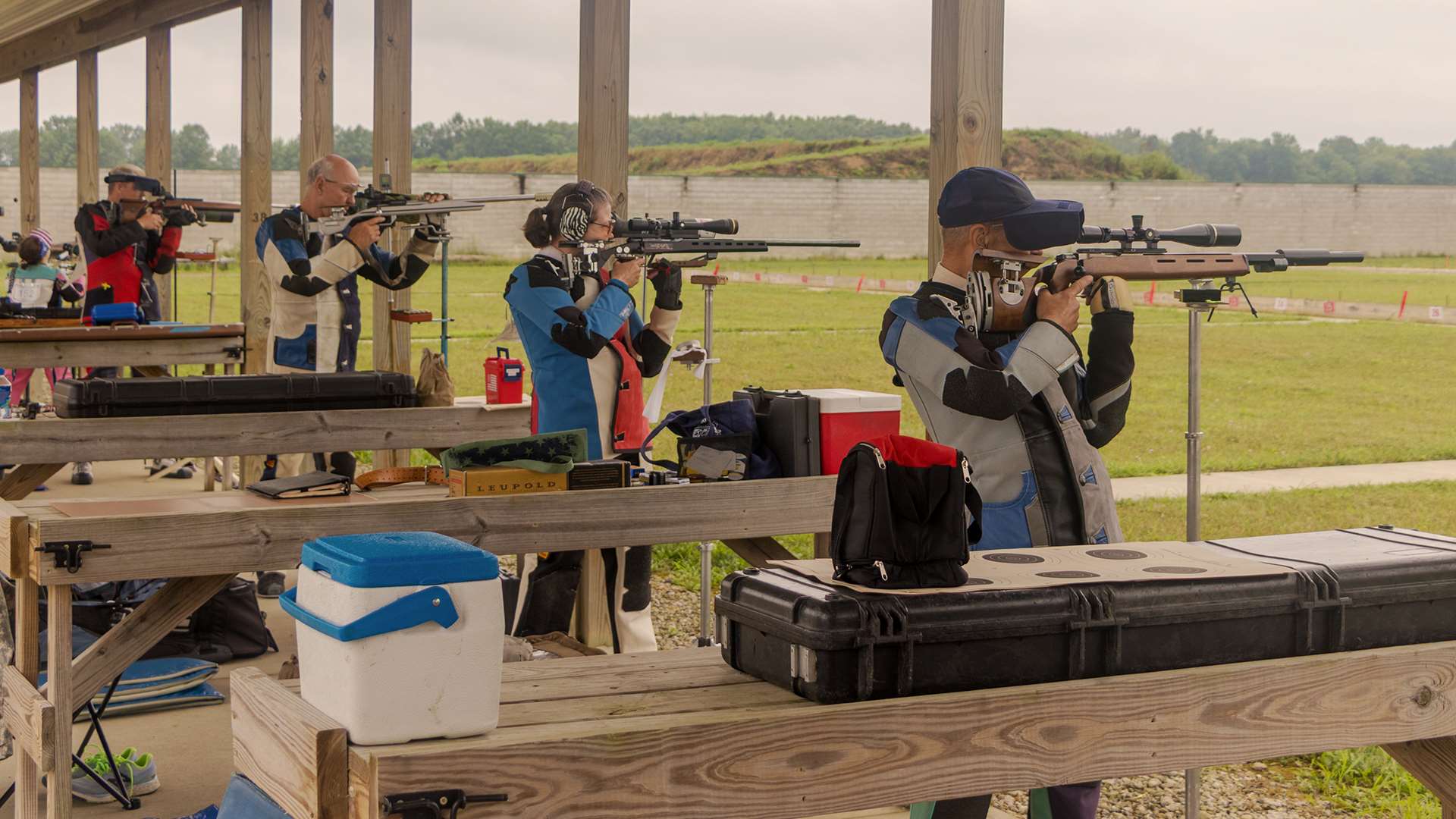
The supported position itself comes in two common forms. In the first you lie prone while the rifle is cradled on shooting bags, a rolled blanket or similar support. In the second you sit at a bench and rest the rifle on a front bag or rest while using a rear bag or your non-trigger hand under the buttstock for added steadiness. In both options the primary goal is the same: remove as much unintended movement as possible so you can isolate and practice the key elements of a good shot.
When you assume the position, make comfort a priority. Adjust your body so you can maintain the same posture for several shots without strain. Make sure the rest supports the rifle and the non-trigger hand sits under the buttstock or against the rear bag to provide subtle control. With the rifle stable, work on consistent sight picture, timing your breath with the shot and pressing the trigger in a smooth, controlled motion. After every shot, hold your position briefly to observe the follow through and any sight adjustments needed.
Starting with the supported position in rifle shooting shortens the learning curve. It clarifies cause and effect between your inputs and the shot outcome. Once these basic habits are established, you can transfer them to less-supported positions with greater speed and accuracy.



